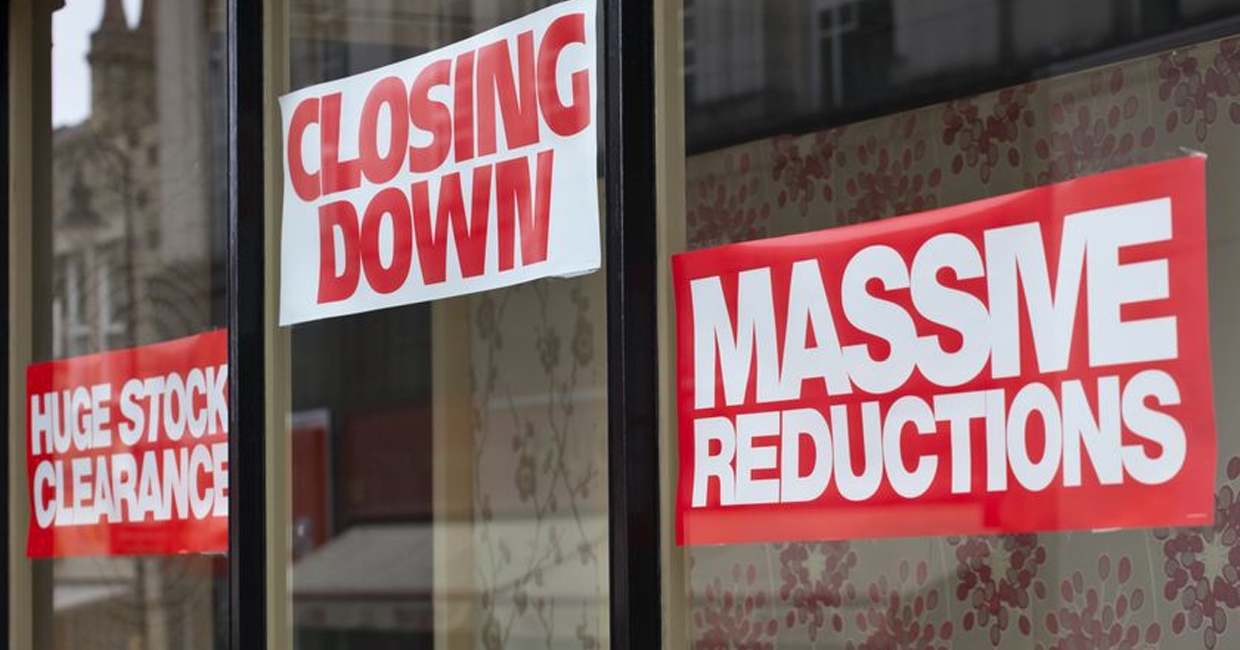In Q4 2021, the overall GB vacancy rate fell to 14.4%, reports BRC-LDC – 0.1 percentage points below the Q3 level.
Shopping centre vacancies improved to 19.1% for Q4 (a 0.3 percentage point improvement on Q3), while on the high street, vacancies improved slightly to 14.4%, in line with the overall rate.
Retail park vacancies remained at 11.3% in Q4, making it the location with by far the lowest vacancy rate.
Helen Dickinson OBE, chief executive of the British Retail Consortium (BRC), says: “The final quarter of 2021 offered the first glimmers of hope for Britain’s beleaguered shopping destinations, as the number of shuttered shops fell for the first time since the start of 2018. The lowest vacancy rates were seen in the South – where higher disposable income and greater business investment meant vacant storefronts were more quickly repurposed.
"Meanwhile, Scotland and the North continue to see much higher vacancy rates, with the North East at almost one in five shops closed.
"It remains to be seen how Omicron will have impacted the number of store closures, but given that the third lockdown in England had little impact on the vacancy rate, we are hopeful that the trajectory will remain positive. However, with hybrid working unlikely to disappear any time soon, it will be difficult for vacancy rates to fully recover in our town and city centres.
“Shuttered shops diminish the vibrancy of local high streets, costing jobs and damaging local communities. Business rates reform remains the most effective way of helping drive much-needed investment to left-behind communities all over the UK. If the Government is serious about its levelling-up agenda, it must ensure that a cut to the rates burden features at the centre of its forthcoming white paper. In the short term, the Government can address the regional imbalances in the system by scrapping downwards Transitional Relief, which effectively forced businesses outside London to provide a £600m subsidy to businesses in the capital between 2017 and 2020.”
Lucy Stainton, director, Local Data Company (LDC), adds: “Vacancy rates are a strong barometer of the health of our high streets – with this in mind, it is very encouraging to see the increase in empty units finally stabilising after such a sharp rise over the past two years. This is the first real indication that the most significant structural impacts of the pandemic are potentially at their peak for certain regions, and operators, landlords and local government alike can start to rebuild after a particularly turbulent period.
“We are still seeing rationalisation across many of the chain retailers and leisure operators reflected in these latest statistics, but the growth in the number of independent businesses is helping stem further increases in vacant units. This is particularly key to note, as having more independent operators alongside larger brands creates more diverse and entertaining spaces for consumers, which will further bolster attractiveness and therefore recovery.
“Landlords, and place-makers more generally, will need to closely consider how the needs and wants of local consumers might have changed post-pandemic, and align with operators who are active and meet their demands such that the first signs of recovery continue.”









